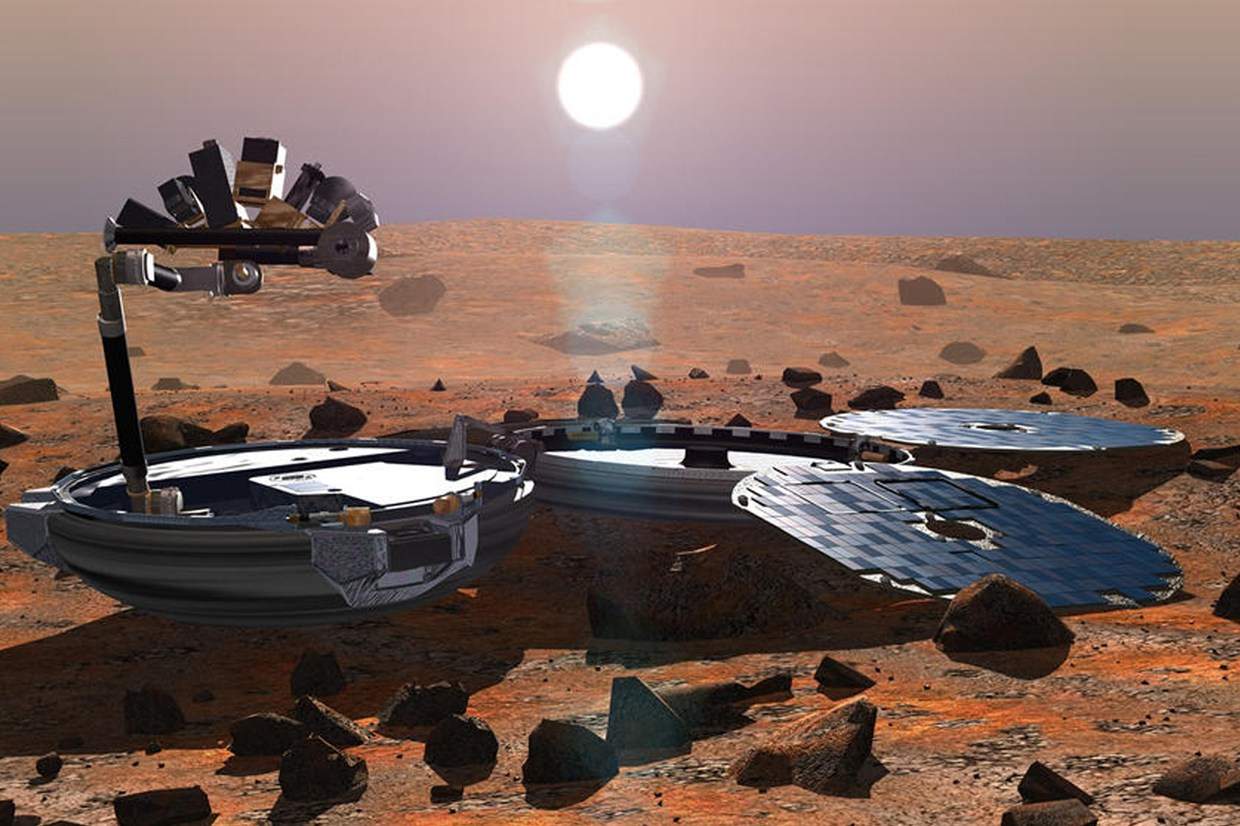
Fittingly, Dstl announced its cash boost for space programmes last October, during World Space Week. At a time when budget for space research seems to a low priority, the funding must have come as a welcome relief, and it sends a clear signal of the importance of space capabilities to the Ministry of Defence.
Michael O’Callaghan, the lead for space at Dstl, said at the time: “This programme is fantastic news for Dstl and for the UK as a whole. It allows us to invest in research and innovation that supports Defence and Security aspirations, as well as supporting UK prosperity and developing skills in government and the space industry.”
While the £50m will fund a number of research projects over five years, two of them have special significance for solving common problems facing military and civilian satellite launches and communication. One will help remove redundant satellites from orbit, making the launch and subsequent trajectory of satellites safer, and the other will measure the harmful effects of solar disturbances in the ionosphere on satellite communications.
Daedalus – sailing spent satellites into the atmosphere
With hundreds of thousands of manmade objects orbiting the Earth, fewer than 5,000 of which are operational satellites, safely launching a satellite is increasingly challenging. A collision not only damages the satellite involved but the debris creates even more hazards in a domino effect known as Kessler Syndrome.
The most congested area is low Earth orbit, or LEO, 2,000 miles or less above the Earth’s surface. The International Space Station orbits here, as does the Hubble space telescope, Earth observation satellites and spy satellites. The Inter-Agency Space Debris Coordination Committee (IADC) has proposed that all LEO satellites should be de-orbited within 25 years, but traditional methods of achieving this are expensive.
Sean Murphy, a principal scientist in Dstl’s space programme, says: “It’s vitally important that we remove satellites that have reached end of life so they don’t remain in orbit as pieces of space junk. Space junk clutters up the space environment and ultimately pose a hazard to the useful satellites we rely on.”
Some of Dstl’s new windfall will help to fund the UK element of an affordable solution to this, known as the Daedalus experiment. Named after the mythical craftsman who created wings, the project aims to explore the effect on satellites of de-orbit sails, in turn named after Daedalus’ son Icarus, who suffered a fateful return to Earth. The Icarus sails are made from 25 micrometre thick aluminium-coated Kapton, a high heat-resistant polyimide film. When deployed, the sails increase drag, causing a controlled descent into the Earth’s atmosphere where the satellite will burn up.
Under its Space Situational Awareness Project, Dstl is coordinating the UK element of Daedalus, using sensors to collect data. This will include changes in the brightness of the satellite caused by the sail deployment, the drag increase due to the de-orbit sail, and comparing different orbital dynamics models. The effect that such high-drag satellites have on current Space Situational Awareness sensors and processing will be of particular relevance to the military community.
CIRCE – studying the effect of solar activity
Whether broadcasting military intelligence or a GPS signal to help you find your way, satellite signals travel unimpeded through space. But when they reach the ionosphere, in the upper layers of Earth’s atmosphere, they can be subject to interference, including signal absorption and a phenomenon known as scintillation. The effects of this ionospheric variability, or “space weather”, can be particularly strong during periods of solar activity, such as solar flares.
The second of the main projects Dstl’s windfall will fund is the Coordinated Ionospheric Research Cubesat Experiment (CIRCE), a small satellite mission due to launch in 2019 in partnership with US scientists. It aims to improve our understanding of how satellite communications are impacted by disturbances in the ionosphere during periods of heightened solar activity.
While many effects of space weather can be mitigated with engineering solutions, severe incidences can lead to a total loss of communication.



